Outsmart the Noise: 3 Attention-Grabbing Mobile Marketing Tips From Gaming Companies
Published on September 21, 2016/Last edited on September 21, 2016/6 min read


Team Braze
It’s not just you: the competition for your audience’s attention spans in the mobile marketing ecosystem is growing. App users have infinite options for ways that they can spend their time. With an average of 119 apps on their phones, how do consumers decide where to invest their time, focus, and energy?
In a mobile games market that Nielsen calls “oversaturated,” gaming app developers are feeling the competition to extremes, and are coming up with tricks that mobile marketers of all industries can take notes from. Here’s how Seppo Helava, co-founder and creative lead at Wonderspark, an independent mobile game developer in Oakland, thinks about it:
“In the earlier days of mobile app development, you could spark enough word of mouth to survive. Now, just trying to launch a game without a gajillion dollars in marketing is really difficult because you have so many games competing for a limited attention span. Not to mention, there’s heavy competition in free-to-play environments.”
Even more challenging is the fact that some mobile app development giants have massive budgets to spend on marketing. How can the rest keep their costs low while capturing their users’ attention spans?
Read on to learn how Helava and fellow leading game designers are tackling these pain points. Also included are examples of apps outside of gaming that exemplify these best practices, and tips to get you started.
Tip 1: Align all of your marketing outreach with your long-term brand narrative
Tip from: Seppo Helava, co-founder at WonderSpark
In the world of gaming, mobile moments are as short as they come. In an industry where interactions often span a split second, Helava and his team focus on tying all communication back to a central brand narrative, which is to create “real games for busy people.”
“We needed something that would catch people’s attention by giving them something of value,” Helava says of their guiding narrative.
Here’s how WonderSpark explains this concept on their company ‘about page.’
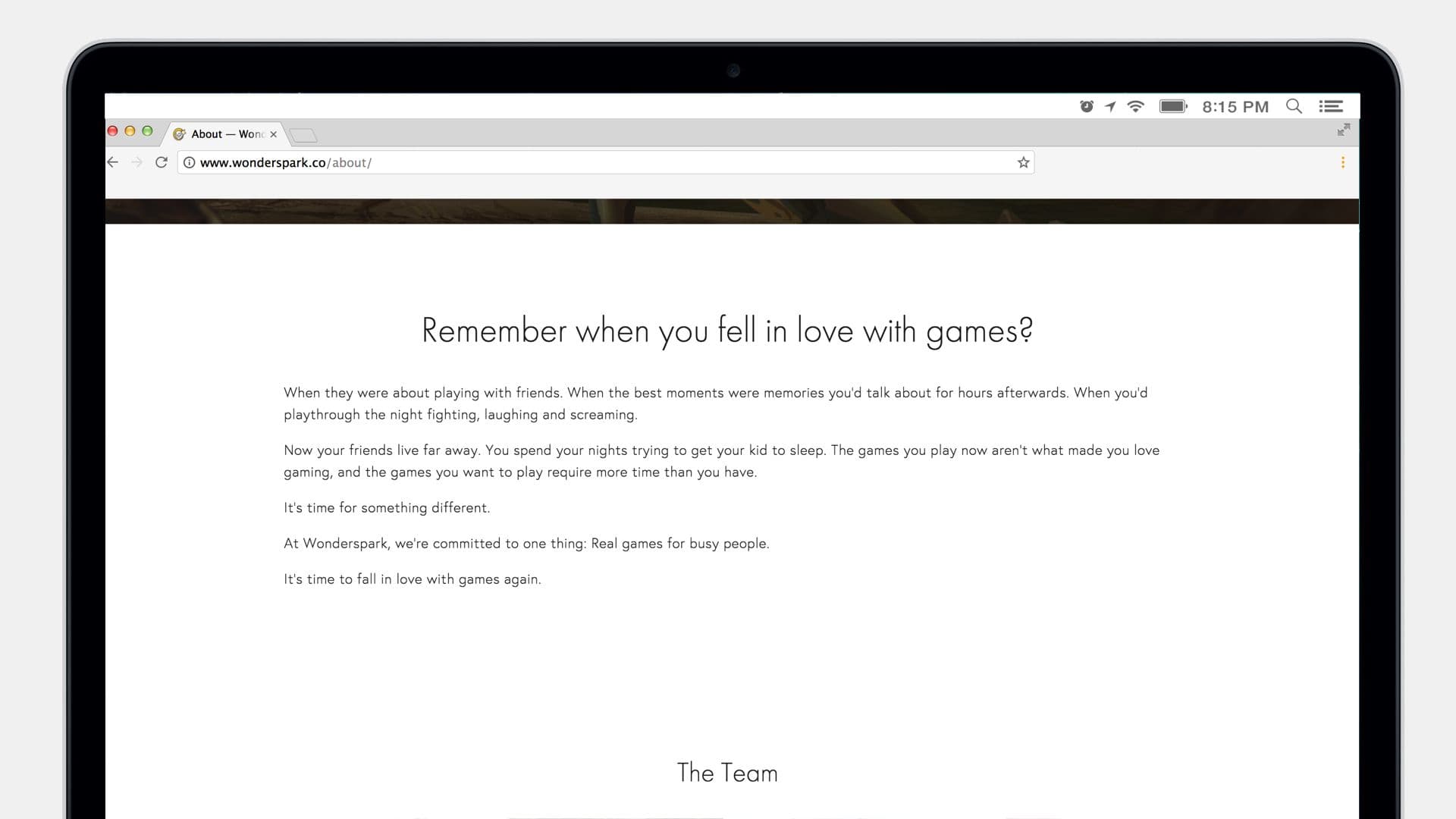
Using player engagement data, Helava and his team have identified this operating philosophy that guides all marketing communication.
“These are lifelong gamers who aren’t just looking to kill time,” Helava explains. “They’re looking for deep, interesting games in the form of a mobile experience. We haven’t come across too many games like these in the market. We’ve been conducting regular customer interviews to validate these ideas and keep learning that among our customer base, people who have grown up with games but don’t have time to play them anymore, aren’t satisfied with what’s on the market right now.”
So what does this concept look like in industries outside of gaming? One example of this idea in action is Clarity, an app that helps entrepreneurs seek real-time advice from business experts.
Every week, the company sends a weekly digest, featuring Q&As from members of the community. The company welcomes its users to participate in a deeper brand conversation and ties communication back to a central value proposition.
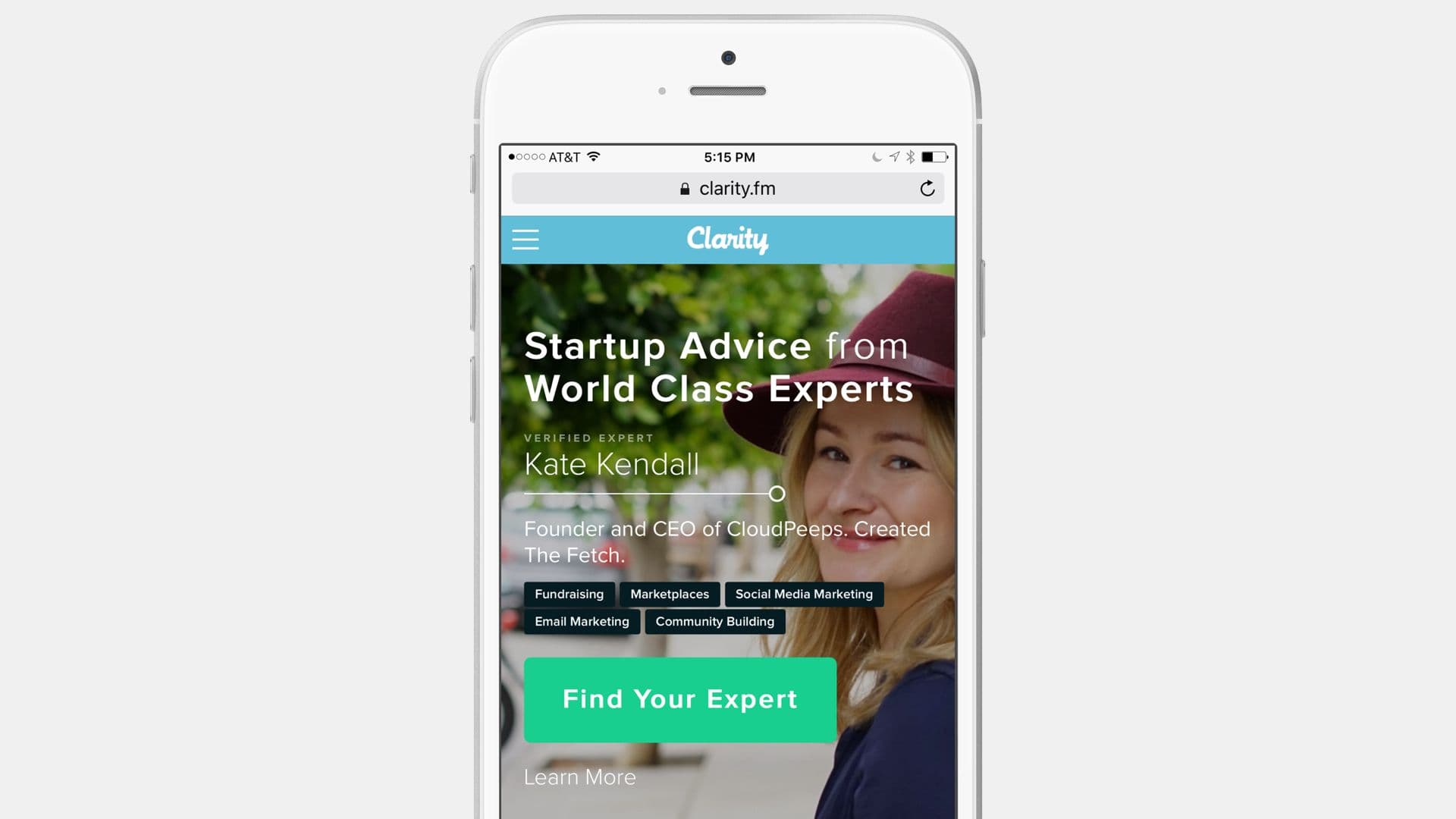
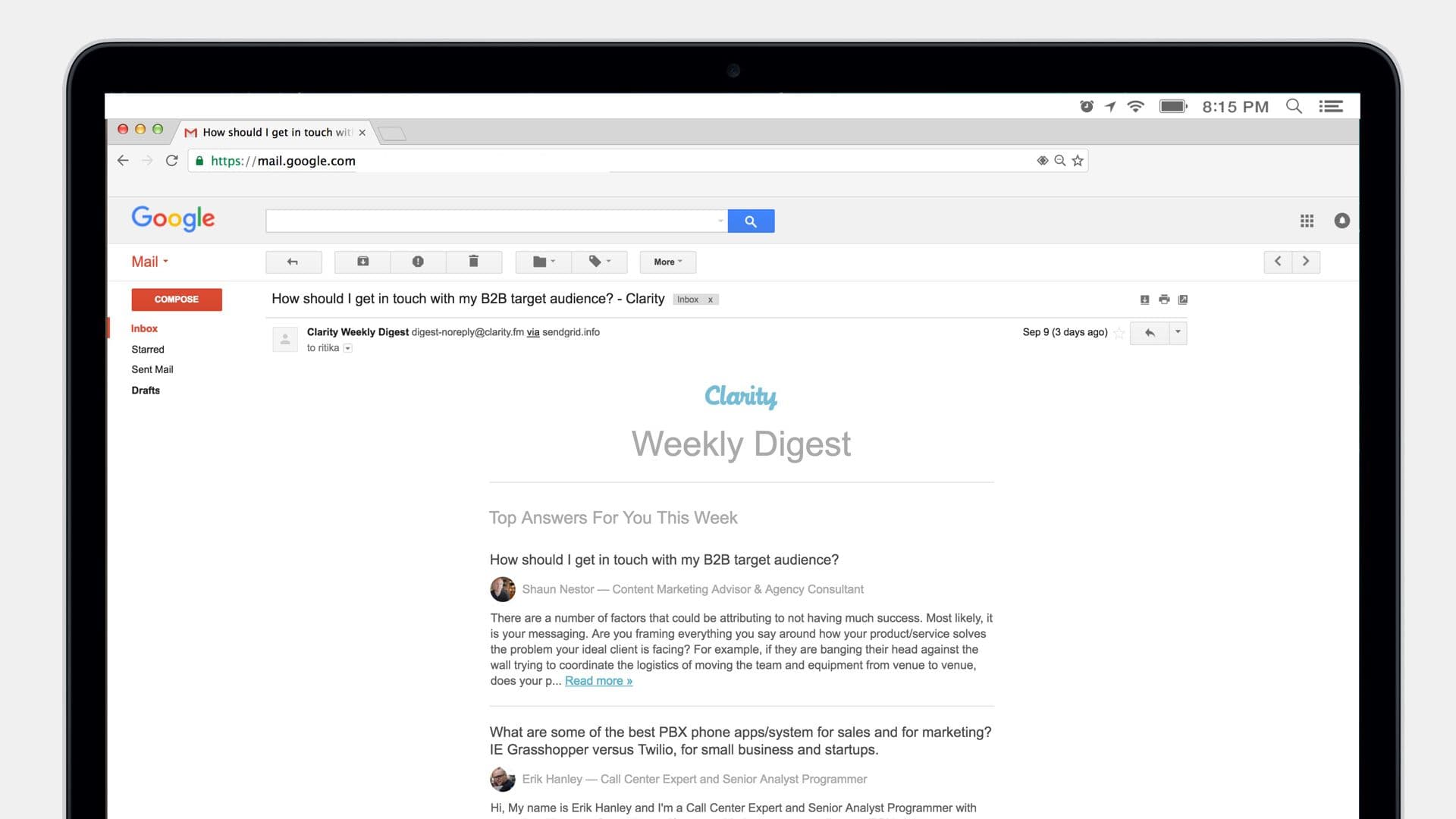
Marketing campaigns should always reflect an overarching brand narrative. By reiterating your story and value proposition in subtle ways, you’ll make a stronger impact with your target audience.
Start here:
- For tips on how to optimize your brand narrative for specific interactions and moments, check out this lifecycle marketing guide.
- If you’re looking for copywriting recommendations, take a look at this mobile copywriting guide.
Tip 2: Always appeal to emotions
Tip from: Tchad Rogers, independent software developer and game designer
As an independent games developer, Tchad Rogers doesn’t have the same big budgets of large-scale app developers (i.e. Supercell or Zynga) to reach his target audiences. Instead, he has to make the most out of limited resources by making every action count. His approach to marketing is to always include an element of emotion. In the case of Overland Blast, one of his games, the goal is to make people laugh.
Ahh, the pleasant breeze, the calm lapping water, the scream of the invading monsters. #indiegame #indiedev pic.twitter.com/YUFJyrzU3r
— Overland Blast (@OverlandBlast) July 31, 2016
“Even if we’re sharing a practical or transactional message, we always prioritize our users’ emotions,” says Rogers. “The challenge is to get your users to care about what you’ve created.”
Here’s an example of a mobile app marketing campaign, outside of gaming, that also appeals to its users emotions to stand out. HotelTonight is an app that helps travelers find last-minute hotel deals—an interaction that is promotional by definition.
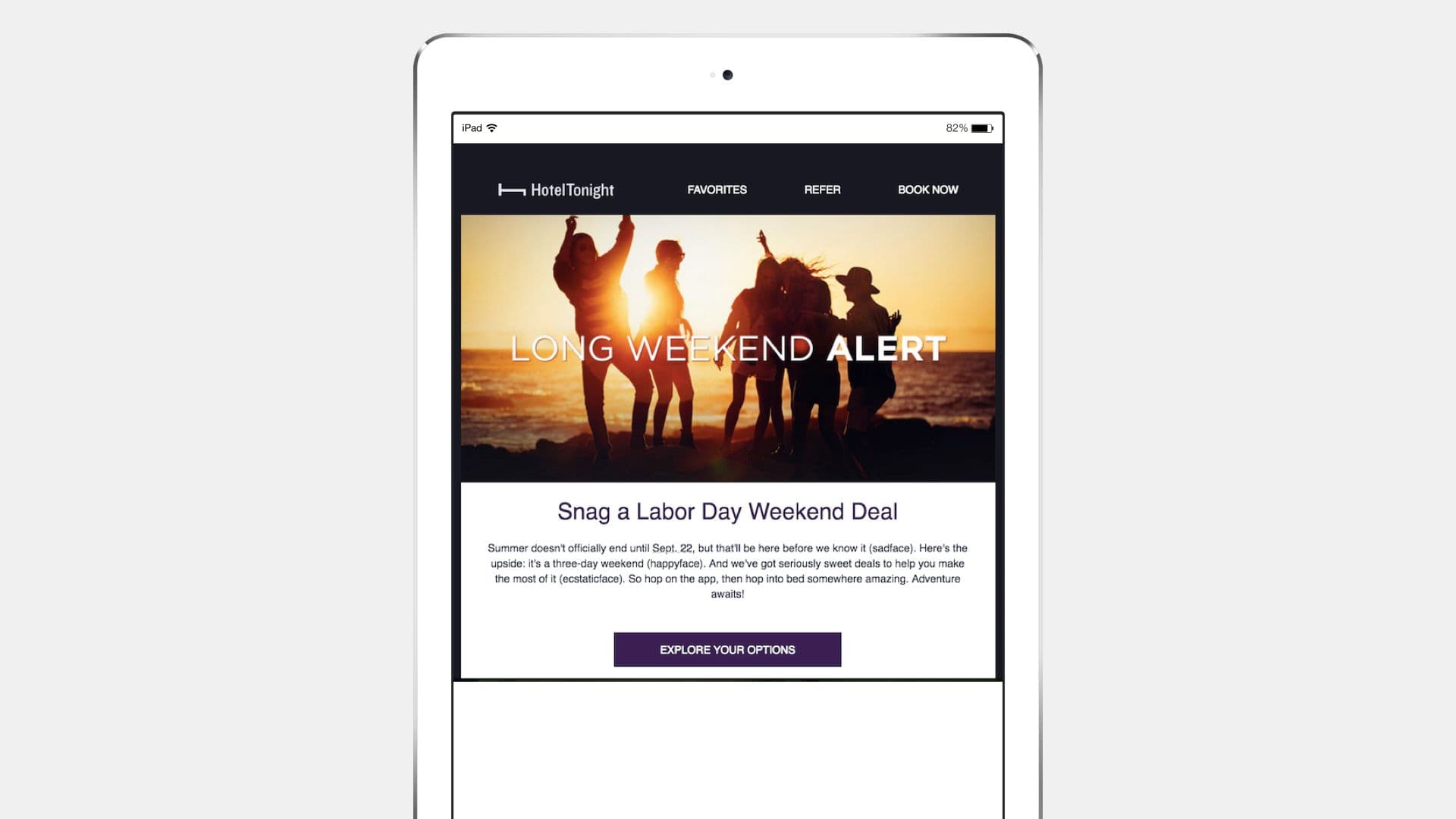
But rather than sending users boring, one-note messages that essentially just say “buy something now,” the company sends its users engaging and enlivening messages. You can see that HotelTonight uses:
- An image that shows people having fun
- Down to earth, casual copy
- A value proposition that appeals to users’ senses of adventure
Start here:
- Test different creative concepts until you find one that resonates with your target audience. For guidance, take a look at this guide to A/B and multivariate testing.
Tip 3: Add a social dimension
Tip From: Matt Grabowski, business strategy director at POP
At its heart, gaming is about interacting with and having fun with fellow-human beings. That’s why the gaming industry relies so heavily on social media for driving growth and adoption of apps. But in the competitive gaming industry, a strong value proposition is a must.
This is the pain point that Matt Grabowski, business strategy director at POP, an agency that works with gaming companies, tackles each day in his role.
“Give players and customers a reason to share with and engage with their friends,” Grabowski says. “In the gaming industry, this process can take many forms, from leaderboards, to head-to-head competition, to friend-gating certain content. This helps generate campaign reach and helps sustain long-term engagement.”
Some suggestions to keep in mind:
- Give audiences an easy way to spark a dialogue and to share positive brand examples. Make sure that your social sharing buttons are front, center, and easy to click.
- Make sure that there is a clear reason for users to share your content. Two straightforward examples: give your customers valuable content or promotional codes to share with friends.
“As campaigns increasingly become ways to activate dialog, providing customers with easy ways to engage with each other and share positive brand experiences is tantamount,” says Grabowski.
Here’s an example of this idea in a vertical outside of gaming. DoorDash, a food delivery company, encourages audiences to tell friends about its company in exchange for credits.
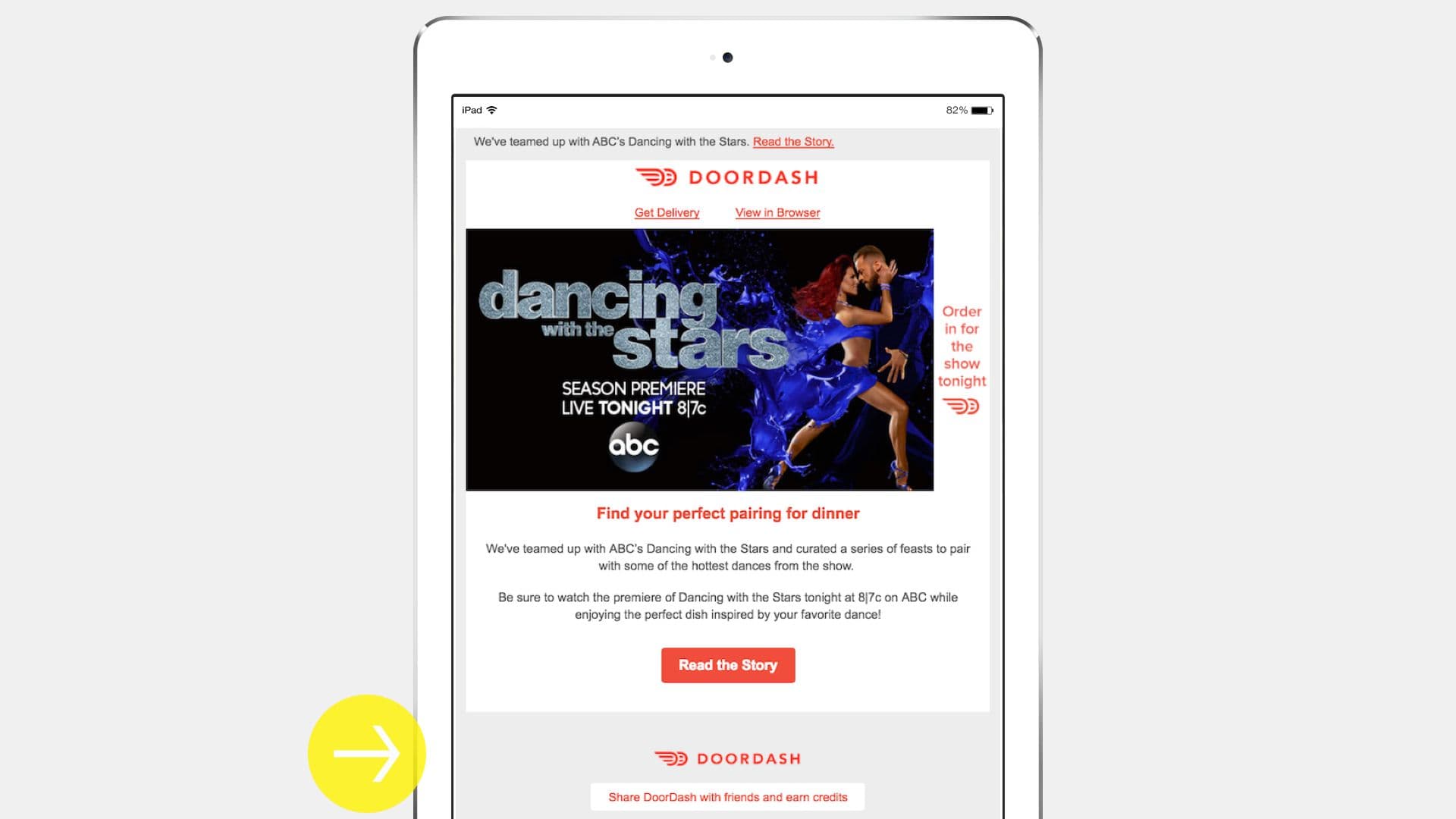
With this promotional interaction, DoorDash gives its audience a clear, tangible value proposition to share.
Start here:
- Here’s a retention guide that can help you better retain the users that you acquire through social
Final thoughts
Gaming companies experience some of the toughest challenges that the mobile marketing landscape has to offer. As the tips above reveal, the key to outsmarting this noise is to make a connection with every interaction. Tie your marketing back to a consistent brand narrative, appeal to emotions, and make social media a focal point in your strategy. Don’t just capture attention once—build a lasting relationship.
Be Absolutely Engaging.™
Sign up for regular updates from Braze.
Related Content
View the Blog
The new inbox reality: How iOS changes are reshaping email marketing

Aparna Prasad

Experience optimization: Turning data insights into better journeys

Team Braze

December 2025 Bonfire Marketer of the Month: Jagex’s Emma Oliver
